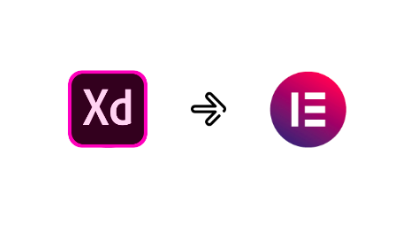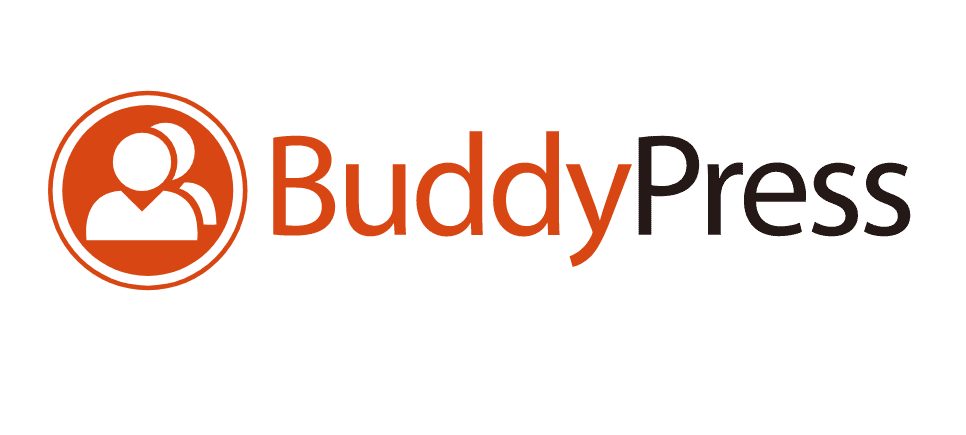Are you a WordPress user looking to enhance your web design process? Adobe XD and Elementor have joined forces to provide an exceptional design and development experience. In this article, we’ll explore the seamless integration of Adobe XD to Elementor, and how this collaboration can revolutionize your WordPress web design projects. So, let’s dive in and discover the power of this dynamic duo!
Contents
The Evolution of WordPress Web Design
Web design has come a long way, and WordPress has played a significant role in democratizing website creation. With its intuitive interface and vast ecosystem of themes and plugins, WordPress has empowered users to build beautiful and functional websites. However, the design process has often involved a combination of visual design tools and code-based development. Enter Adobe XD and Elementor, two powerful tools that are changing the game.
Understanding Adobe XD
Adobe XD is a feature-rich design and prototyping tool that allows designers to create stunning user interfaces and interactive experiences. With XD, you can design pixel-perfect layouts, define interactions, and create prototypes with ease. It provides a comprehensive set of design tools, including vector editing, responsive resizing, and asset management.
Exploring Elementor
Elementor is a popular WordPress page builder that enables users to design and customize their websites visually. With its drag-and-drop interface, Elementor simplifies the process of building complex page layouts without any coding knowledge. It offers a wide range of pre-designed templates, widgets, and integrations, making it a favorite among WordPress users.
The Power of Adobe XD to Elementor Integration
The integration between Adobe XD and Elementor opens up new possibilities for WordPress web design. It allows designers to create visually stunning layouts and prototypes in XD and seamlessly transfer them to Elementor for further customization and development. This integration bridges the gap between design and development, enabling a more efficient and collaborative workflow.
Benefits of Using Adobe XD for Elementor Design
Using Adobe XD for Elementor design brings several benefits to the table. Firstly, Adobe XD’s robust design features allow you to create pixel-perfect layouts, define responsive breakpoints, and visualize your website’s structure. With XD’s powerful prototyping capabilities, you can simulate user interactions and test the usability of your designs before implementing them in Elementor.
Streamlining the Design Process
Combining Adobe XD and Elementor streamlines the design process for WordPress websites. Adobe XD’s design tools enable you to create custom templates, design reusable components, and establish a consistent visual language across your website. By seamlessly transferring your XD designs to Elementor, you can take advantage of Elementor’s drag-and-drop functionality and further customize your layouts without any coding.
Designing Custom Templates
With Adobe XD and Elementor, designing custom templates for WordPress becomes a breeze. In Adobe XD, you can create unique page layouts, define styles, and design interactive elements. Once your design is finalized in XD, you can export it to Elementor and convert it into a fully functional template. This process saves time and effort while ensuring design consistency throughout your website.
Enhancing User Experience
User experience is a crucial aspect of web design. Adobe XD and Elementor provide the tools to create exceptional user experiences for your visitors. With XD’s prototyping capabilities, you can test and refine user flows, interactions, and navigation before implementing them in Elementor. Elementor’s extensive widget library and customization options further enhance the user experience by allowing you to create dynamic and interactive content.
Optimizing Websites for SEO
Search engine optimization (SEO) is vital for improving your website’s visibility in search engine results. Adobe XD and Elementor together offer a solid foundation for optimizing your site’s SEO. With XD, you can design SEO-friendly structures such as well-organized headings, clear navigation menus, and responsive layouts. In Elementor, you can utilize SEO plugins, optimize your content, and easily manage meta tags to boost your website’s search engine rankings.
Responsive Design
In today’s mobile-centric world, responsive design is a must. Adobe XD allows you to create responsive layouts that adapt to different screen sizes and devices. By seamlessly integrating your responsive designs into Elementor, you can ensure a consistent and optimized user experience across desktops, tablets, and smartphones. Elementor’s responsive editing features provide further flexibility in fine-tuning the responsiveness of your designs.
Speeding up Development
The integration between Adobe XD and Elementor accelerates the development process of WordPress websites. With XD’s design-to-development workflow, developers can easily inspect and extract design assets, including CSS code snippets, from XD to Elementor. This seamless transition saves time and reduces the chances of manual errors during the development phase.
Troubleshooting and Support
During the integration process, you may encounter certain challenges or have questions. Both Adobe XD and Elementor have extensive communities, forums, and documentation that provide troubleshooting guidance and support. These resources can help you overcome any obstacles and ensure a smooth integration between the two tools.
Read: Adobe XD And WordPress: The Perfect Combination For Web Design
Conclusion
The integration of Adobe XD and Elementor brings a new level of efficiency and creativity to web design. By leveraging the design capabilities of Adobe XD and the flexibility of Elementor, designers and developers can collaborate seamlessly and create visually stunning and user-friendly websites. Embrace this powerful combination and unlock the true potential of your WordPress projects.




